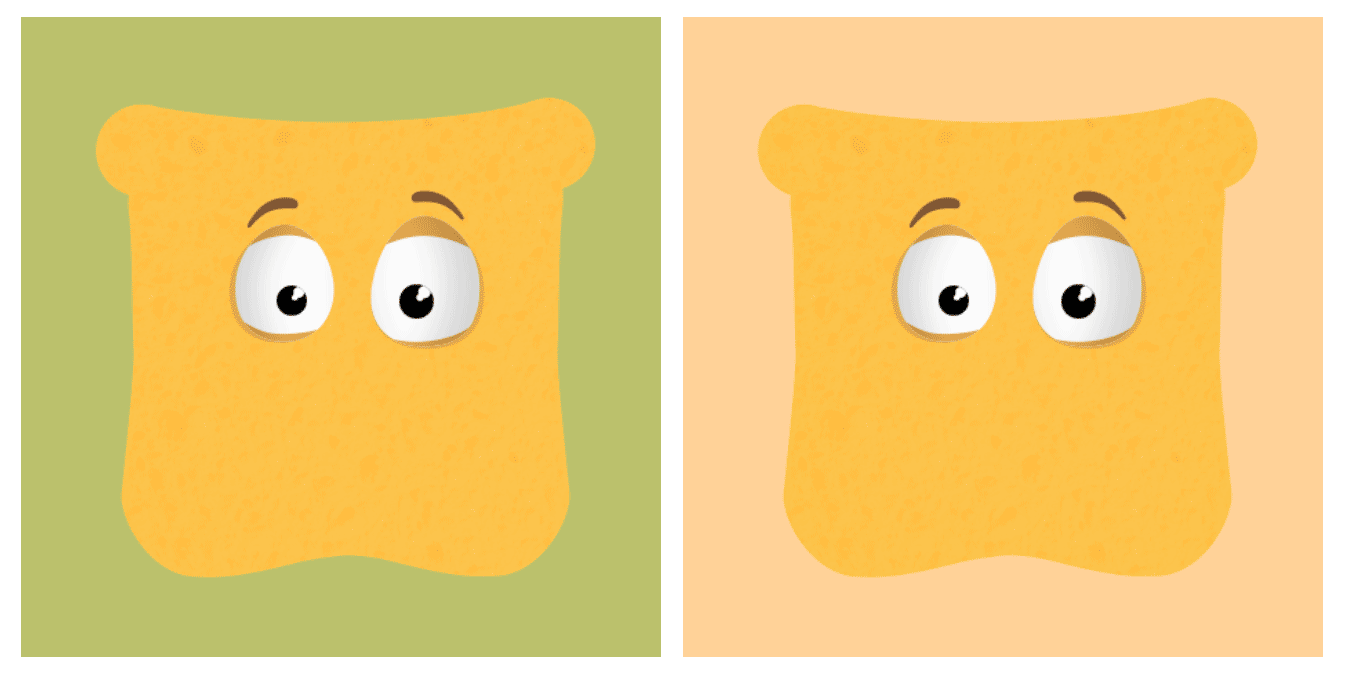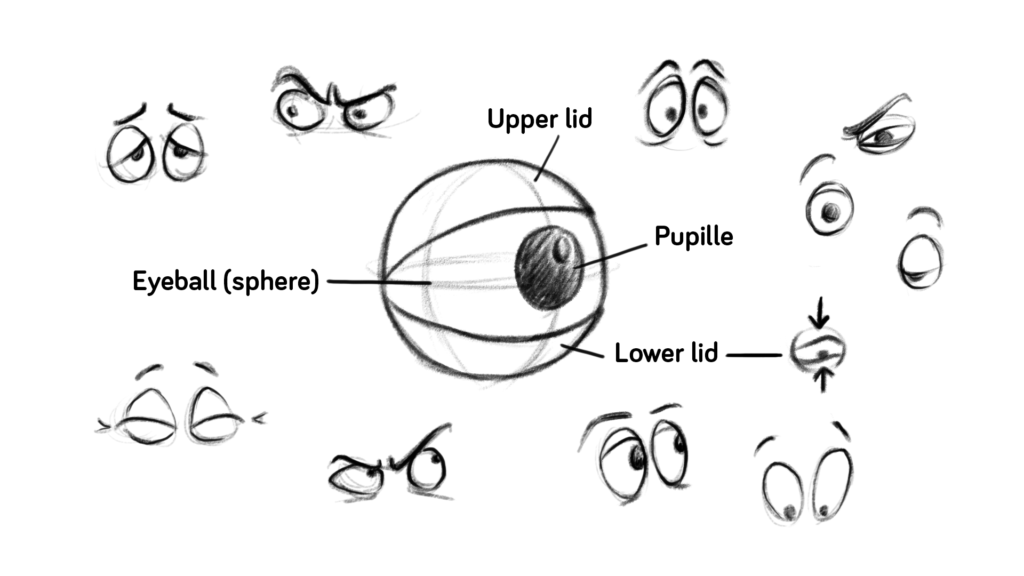It’s a great advancement of our times that nearly anyone with a designer’s eye and some feel for motion graphics can now get their hands on animation software without the need to be able to draw properly … but, what is the secret of really breathing life into your character?
Knowing how a character needs to be rigged and how all the body parts are connected doesn’t guarantee excellent animation quality. Sadly, it’s a little bit more complex than just moving body parts around mechanically. Your character’s movements must convey some sort of meaning and expression – otherwise their performance is not much more enjoyable than watching a piece of wood being moved around.
First of all, ask yourself: what is the sentiment, what’s the emotion, your character is experiencing? – What situation does your character find themselves in?
Your character might be feeling confident, with a smug smile on their face, standing up right and being full of bounce, as they just had some really good news.
Or maybe the opposite? Insecure, desperately trying to be confident about something but in reality so shy that they don’t know where to look, hoping the earth would swallow them.
You might have guessed by now – the key to really convincing character animation is acting. Is knowing your character and getting under their skin – feeling your way into their thoughts and actions. For the animation of authentic characters that talk to your audience you have to think of yourself as being an actor, a performer.
It is said that 95% of our communication is conveyed by body language, so we are all pretty good at reading the emotional content that certain postures convey and we are all experts in reading facial expressions.
If you are just starting out as an animator and these lines make you slightly anxious or experience any other negative emotion, then look no further – with a little dedication you can do it! Here’s the secret:
The biggest giveaway of how we feel are our eyes. And that‘s why your first concern of being a character animator should be with your character’s eyes.
- What’s you character looking at? – are they searching for something? Are they thinking of something? Remembering something?
- Add blinks: in whatever you do with your character, blinks always make your character more convincing. It’s unnatural not to blink. If your character does nothing for a while, simply add blinks and they come to life. A nervous person might blink more often. A tired person has a long, dragging blink with their eyelids struggling to come back up.
- Change the shape of the eye, depending on their mood. Wide curious eyes, and small anxious eyes. Eye shapes are transformed by cheek muscles pushing up when the character is laughing, or when the face is tightening up when angry (you don’t need to show the muscles, just the effect on the eye)
So, now that we’ve established that a central part of your character animation is the eyes, let’s have a brief look at what’s involved and what simple features you need to look out for:
- The eye is composed by the eyeball (general shape), pupilles (direction of gaze), eyelids and eyebrows (for emotional content)
- In 2d designs, bear in mind that your 2D shape has actually 3D dimensions. So, add some simple spheric perspective principles and give your eyelids some roundness, depending on where they are placed.
- The big bearer of your character’s emotions are the eyebrows -are they jumping up with joy, are they pulling in with anger, curving up towards the middle with despair?
Whatever it is – add life to your character by concentrating on the eyes – it’s always the first place we read in a character and it’s a relatively simple and effective way to make your animation more engaging.
Watch the ‘Eye Animation Tutorial’ using the plug in Joysticks ‘n Sliders
Contact us
If you are unfamiliar with the animation production process, this blog post What to expect when you work on a project with Sliced Bread might serve to help you, it provides a complete guide on how we typically approach our projects, from concept to final delivery. It also provides information on how we structure our fees and plan the production schedule.
Or if you would like to know more about how engaging and immersive animation can help your marketing communications? Drop us an email at info@sbanimation.com
We also post industry related content to our LinkedIn company page, why not give us a follow?











